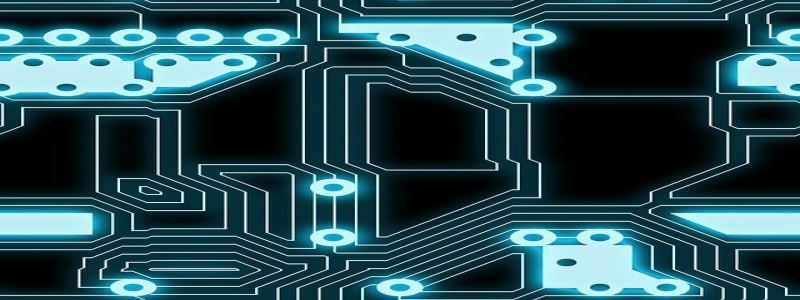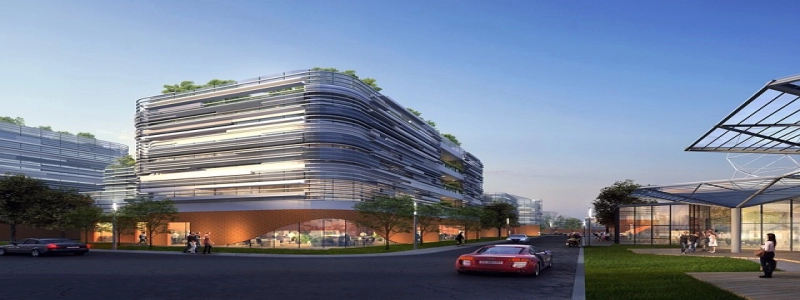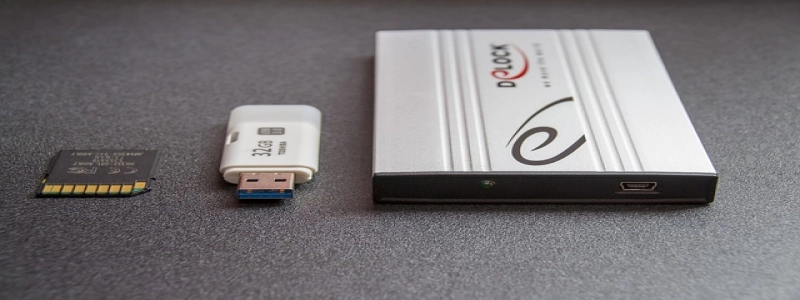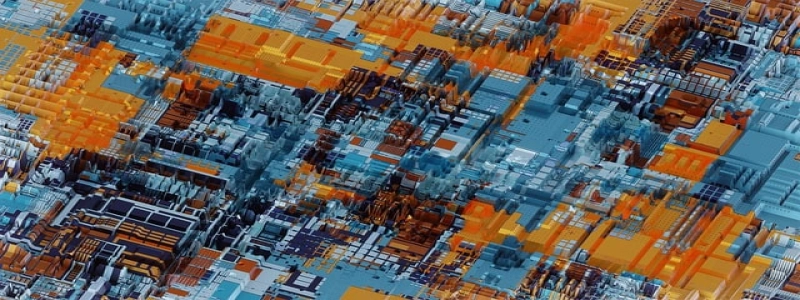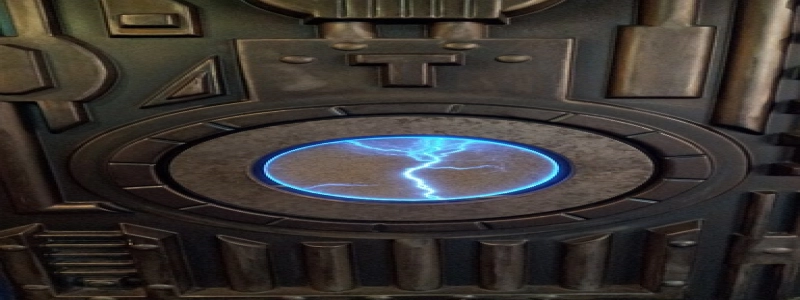Ethernet on Mac Not Working
Introduction:
Ethernet is a crucial feature that allows users to connect their Mac computers to wired networks for faster and more stable internet connections. However, sometimes Mac users may encounter issues where Ethernet is not working as expected. In this article, we will explore the possible causes of this problem and provide step-by-step instructions on how to troubleshoot and resolve Ethernet connectivity issues on a Mac.
I. Possible Causes of Ethernet Not Working on Mac:
1. Faulty Ethernet cable: A damaged or faulty Ethernet cable may disrupt the connection between the Mac and the router, leading to a non-functional Ethernet connection.
2. Incorrect network settings: Incorrect network settings on the Mac, such as an incorrectly configured IP address or subnet mask, can prevent the Ethernet connection from establishing.
3. Outdated firmware or software: Outdated firmware or software can cause compatibility issues with the Ethernet adapter on a Mac, resulting in a non-working Ethernet connection.
4. Network conflicts: Other devices or software on the network may conflict with the Mac’s Ethernet connection, leading to connectivity issues.
5. Hardware malfunction: In rare cases, a malfunctioning Ethernet port on the Mac or a faulty Ethernet adapter may be the cause of the problem.
II. Troubleshooting Steps:
1. Check the Ethernet cable: Ensure that the Ethernet cable is undamaged and properly connected to both the Mac and the router.
2. Restart the Mac and the router: Restarting both the Mac and the router can help resolve temporary glitches or conflicts that may be causing the Ethernet connection to fail.
3. Verify network settings: Go to System Preferences > Network and check if the Ethernet connection is properly configured. Ensure that \”Configure IPv4\” is set to \”Using DHCP\” or enter the correct IP address and subnet mask if using manual configuration.
4. Update firmware and software: Check for available updates for macOS and install them. Additionally, visit the manufacturer’s website to check for any firmware updates for your Mac’s Ethernet adapter.
5. Disconnect other devices: Disconnect any other devices connected to the network temporarily to rule out any conflicts with the Mac’s Ethernet connection.
6. Test with a different Ethernet cable or port: If possible, try using a different Ethernet cable or connecting the Mac to a different Ethernet port on the router to eliminate any cable or port-related issues.
7. Reset network configurations: In extreme cases, resetting the network configurations on the Mac can resolve persistent Ethernet connectivity issues. Go to System Preferences > Network > Ethernet > Advanced > TCP/IP and click on \”Renew DHCP Lease\” or \”Renew DHCP Lease\” to reset the network settings.
8. Contact technical support: If none of the above steps resolve the issue, contact Apple Support or the manufacturer of your Mac for further assistance. They may provide specific troubleshooting steps or recommend a repair or replacement if necessary.
Conclusion:
Ethernet not working on a Mac can be frustrating, but it can usually be resolved by following the troubleshooting steps outlined in this article. By checking the Ethernet cable, verifying network settings, updating firmware, and performing other troubleshooting procedures, users can restore their Ethernet connectivity and enjoy faster and more reliable internet access on their Mac computers.

